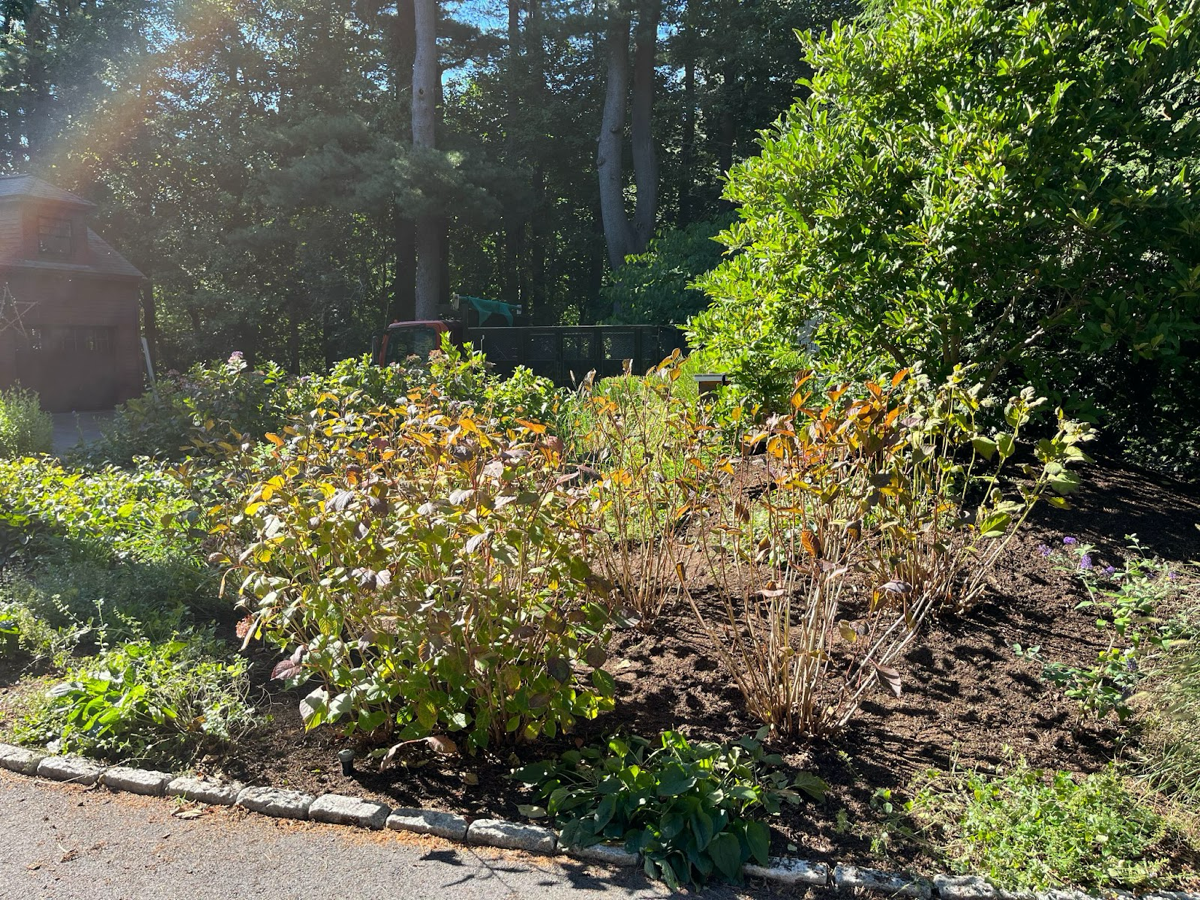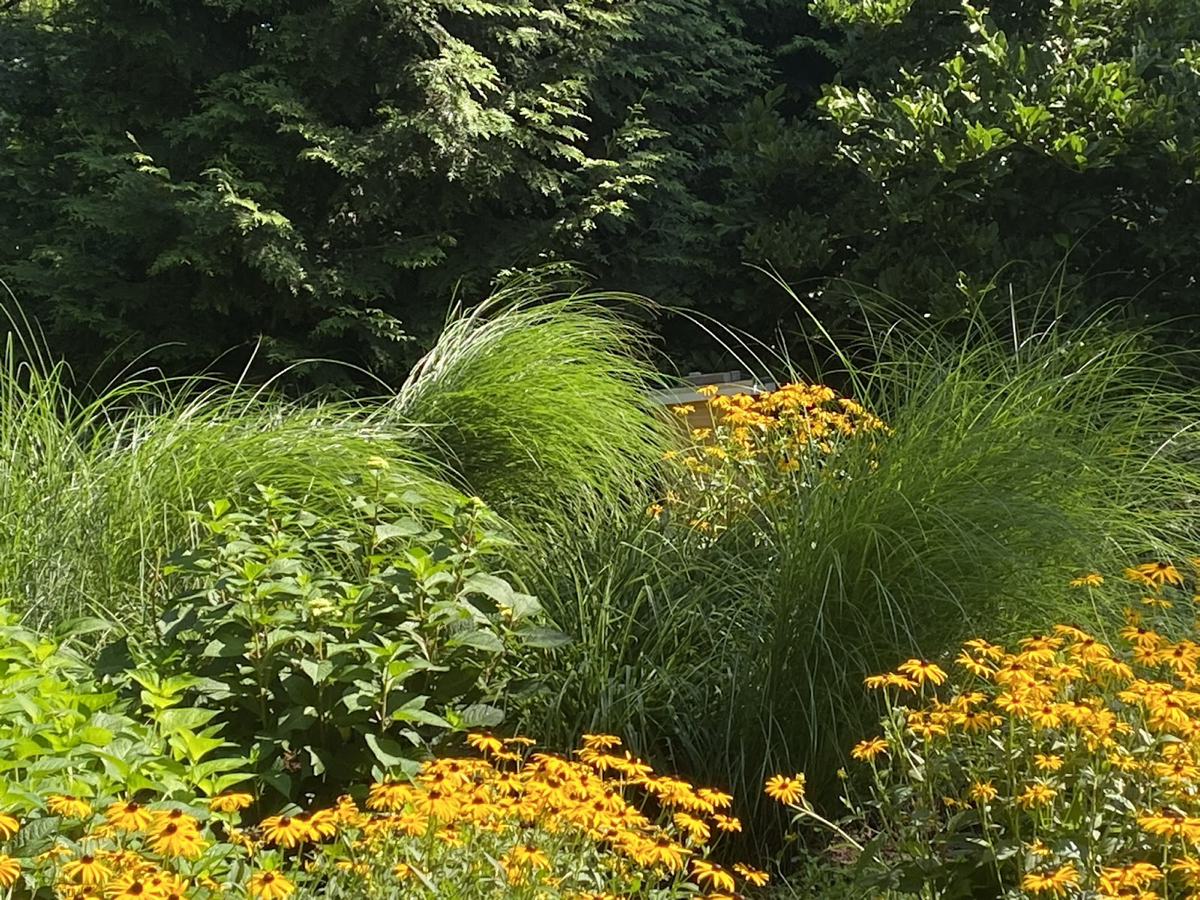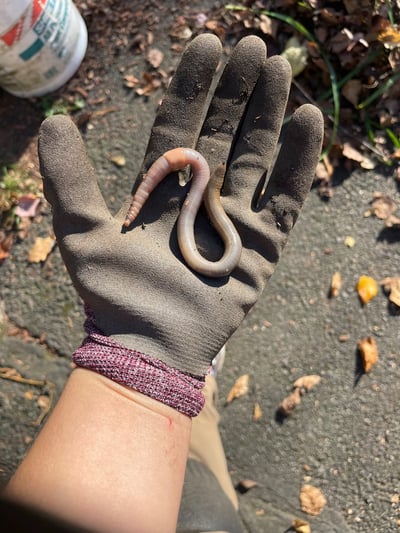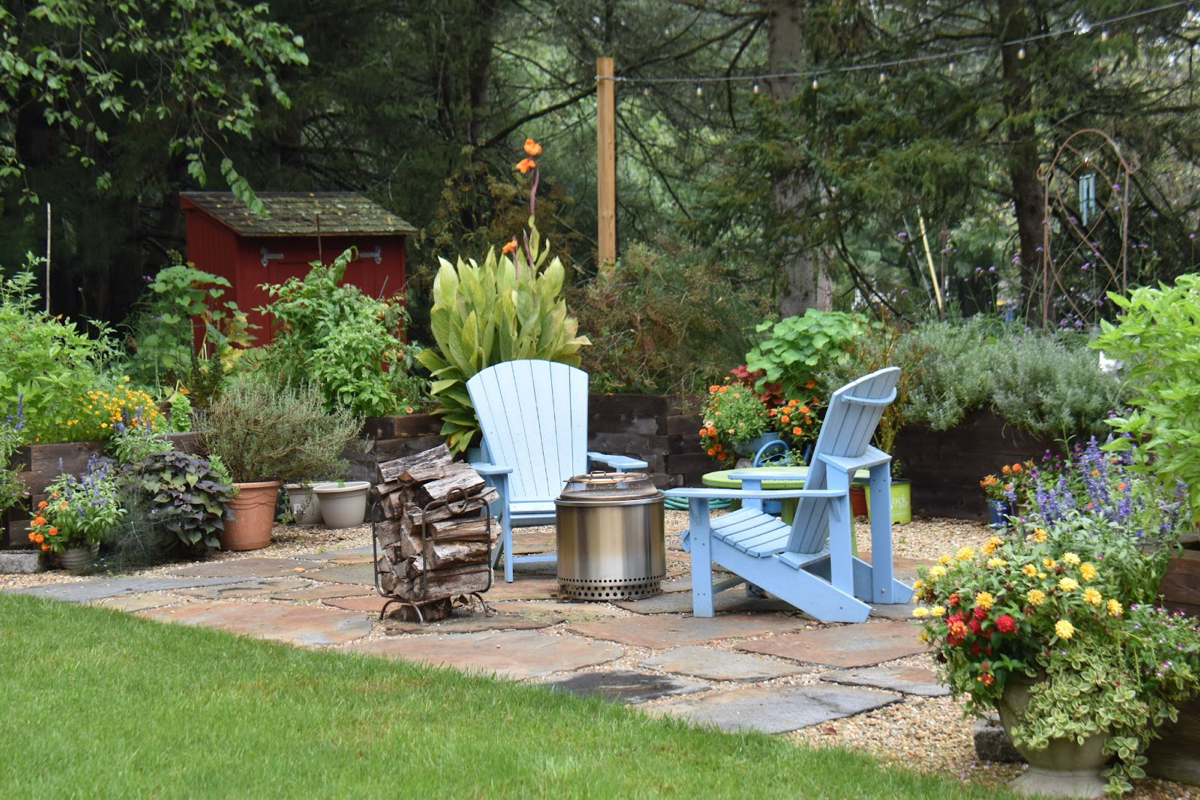Gardening is an ever-evolving dance with nature, where each season brings its own set of challenges and delights. In Massachusetts, the gardening community experienced a dramatic shift from 2022 to 2023 as the climate swung from warmth and drought to abundant rainfall. The climate variances between these two years profoundly impacted landscapes, leaving homeowners and landscapers grappling with unexpected challenges.
The Warm Embrace of 2022:
In 2022, Massachusetts basked in the warmth. According to the Climate System Research Center at UMASS Amherst, it was the sixth warmest year on record. The summer, in particular, stood out as the second warmest, creating conditions that challenged the resilience of our beloved plants.
Drought became the heat’s unwelcome companion, leaving plants in distress. From leaves to twigs, the signs of drought stress were evident. Larger plants faced a prolonged recovery period, making gardening a patient endeavor. Cherry trees withheld their blooms, and roses experienced a delayed onset of freeze injury symptoms. Visual failures in plant performance left landscapers struggling with the complexities of explaining these challenges to clients.

Drought stress in 2022 affects the same plant differently in one garden.
The Soaked Canvas of 2023:
In a swift turn of events, 2023 presented Massachusetts with the second rainiest year on record. The parched earth soaked up the abundance of rainfall, fundamentally altering the gardening landscape.
Excessive rainfall led to complacency in watering practices among homeowners. High humidity provided the ideal breeding ground for diseases like powdery mildew, downy mildew, and anthracnose.
While redbuds showcased a stunning bloom, herbaceous peonies had to be cut down due to the wet conditions. The visual contrast between flourishing and struggling plants added chaos to the gardening narrative.
According to the National Weather Service, Boston usually experiences an average rainfall of 3.27 inches in July. However, this summer marked a remarkable deviation, as the city was drenched with 10.43 inches of rain, securing its position as the second rainiest July on record. (The all-time record is still held by July 1921, when Boston received a staggering 11.69 inches of rain.)
The trend extended beyond Boston, with Worcester and Providence, Rhode Island, also witnessing their second wettest July on record, recording 12.3 and 8.37 inches of rain, respectively.
These statistics highlight a noteworthy departure from the norm, emphasizing the region's unpredictable and dynamic nature of weather patterns. The significant deviation in rainfall poses intriguing questions about the evolving climate and its impact on our local ecosystems.

Persistent heavy rains made for floppy ornamental grasses and full gardens in 2023.
Mitigating Impact:
Homeowners wield a crucial influence in alleviating the repercussions of climatic challenges. To tackle the aftermath of both drought and excessive rainfall, there are specific measures that can be implemented. Mulching more frequently than once a year proves beneficial, as it assists in regulating moisture levels, ensuring plants receive sufficient water without succumbing to waterlogging.
Vigilant monitoring and swift resolution of drainage issues are imperative to thwart waterlogging, root rot, and other water-related complications. Proactively clearing dead leaves and debris becomes pivotal in minimizing disease risks, particularly in damp environments. Prioritizing the removal of leaves can significantly reduce the likelihood of powdery mildew and other fungal diseases, thereby nurturing the overall health of plants.
Snake Worm Mitigation:
The drought of 2022 served as a deterrent for snake worms as they struggled to endure on the parched surface. However, the wet conditions of 2023 created an environment where these worms not only thrived but also reproduced prolifically.
 These insatiable eaters primarily target organic matter, and evidence suggests that their presence can lead to a substantial 50% reduction in organic material. Simultaneously, they aerate the soil, making it porous and dry. The consequence is a significant impact on the growth of beautiful understory plants, which heavily rely on a layer of organic material for germination and to keep seedlings moist. This deficiency results in a dramatic loss of native plants like trillium, trout lily, and jack-in-the-pulpit. Conversely, unwanted plants flourish alongside jumping worms, forming co-invaded areas. Notably, native plants struggle while invasive species, such as Japanese knotweed, thrive.
These insatiable eaters primarily target organic matter, and evidence suggests that their presence can lead to a substantial 50% reduction in organic material. Simultaneously, they aerate the soil, making it porous and dry. The consequence is a significant impact on the growth of beautiful understory plants, which heavily rely on a layer of organic material for germination and to keep seedlings moist. This deficiency results in a dramatic loss of native plants like trillium, trout lily, and jack-in-the-pulpit. Conversely, unwanted plants flourish alongside jumping worms, forming co-invaded areas. Notably, native plants struggle while invasive species, such as Japanese knotweed, thrive.
At present, there is no certified chemical method to treat jumping worms, and chemical treatments pose the risk of harming beneficial organisms like fungi and insects, such as fireflies. While there is evidence suggesting that saponin extracts could be effective, further research is needed.
If time allows, manual removal or solarization in a bag is an option, but it's crucial to prioritize efforts effectively. Avoid feeding jumping worms to chickens or pet fish, as these worms store toxic metals in their tissues, posing a threat to animals.
When purchasing plants, inspecting root systems for signs of infestation is essential, and bear-root planting is recommended as a best practice.
An integral step in mitigating their proliferation is the removal of leaves from the landscape since snake worms thrive on the surface and consume fallen leaves.
Ultimately, allowing them to run their course over a few years, particularly after a boom, may significantly reduce their numbers. There is hope that by allowing them to follow their natural course, they will eventually complete their life cycle and fade away. We can only hope!
Farmers' Almanac Insights for 2024:
The Winter 2024 Extended Weather Forecast from the Farmers' Almanac predicts that residents along the I-95 corridor from Washington to Boston should brace for "below-average temperatures and numerous snowstorms, accompanied by sleet, ice, and rain." According to the Almanac, this forecast holds true for northern New England, particularly in January and February.
Looking ahead to March, the extended forecast foresees erratic temperature fluctuations, particularly in the Eastern region. The Almanac warns of the possibility of a late-season snowfall over the high terrain of New England during the third week of April!
Lessons Learned and Moving Forward:
The stark difference in temperature and precipitation between the two years underscored the dynamic nature of Massachusetts' climate. From warmth and drought to abundant rainfall, gardeners navigated a spectrum of conditions.
Plants responded differently to the contrasting seasons. In 2022, they battled drought stress, while in 2023, diseases flourished in the wet environment. Each season demanded a tailored approach to plant care and maintenance.
As we reflect on the gardening seasons of 2022 and 2023, it's evident that the ever-changing rhythm of nature shapes our landscapes. Adaptability, patience, and a keen understanding of plant responses to climatic shifts become the gardener's tools in this dynamic dance. The lessons learned from these seasons serve as valuable insights, guiding us toward resilient and thriving gardens in the years to come.
As we navigate the intricacies of changing climates, the collaborative efforts of amateur and professional gardeners are paramount. Whether under the warm embrace of the sun or the gentle caress of raindrops, Massachusetts gardens continue to evolve, painting a vibrant and ever-changing canvas of green.
To learn more about Fine Gardening and Regenerative Landscapes, click these links and download the free ebooks. If you’re ready to start developing your own Life-Scape, get your copy of STOP Landscaping, START Life-Scaping today!





 These insatiable eaters primarily target organic matter, and evidence suggests that their presence can lead to a substantial 50% reduction in organic material. Simultaneously, they aerate the soil, making it porous and dry. The consequence is a significant impact on the growth of beautiful understory plants, which heavily rely on a layer of organic material for germination and to keep seedlings moist. This deficiency results in a dramatic loss of native plants like trillium, trout lily, and jack-in-the-pulpit. Conversely, unwanted plants flourish alongside jumping worms, forming co-invaded areas. Notably, native plants struggle while invasive species, such as Japanese knotweed, thrive.
These insatiable eaters primarily target organic matter, and evidence suggests that their presence can lead to a substantial 50% reduction in organic material. Simultaneously, they aerate the soil, making it porous and dry. The consequence is a significant impact on the growth of beautiful understory plants, which heavily rely on a layer of organic material for germination and to keep seedlings moist. This deficiency results in a dramatic loss of native plants like trillium, trout lily, and jack-in-the-pulpit. Conversely, unwanted plants flourish alongside jumping worms, forming co-invaded areas. Notably, native plants struggle while invasive species, such as Japanese knotweed, thrive.
Leave a comment